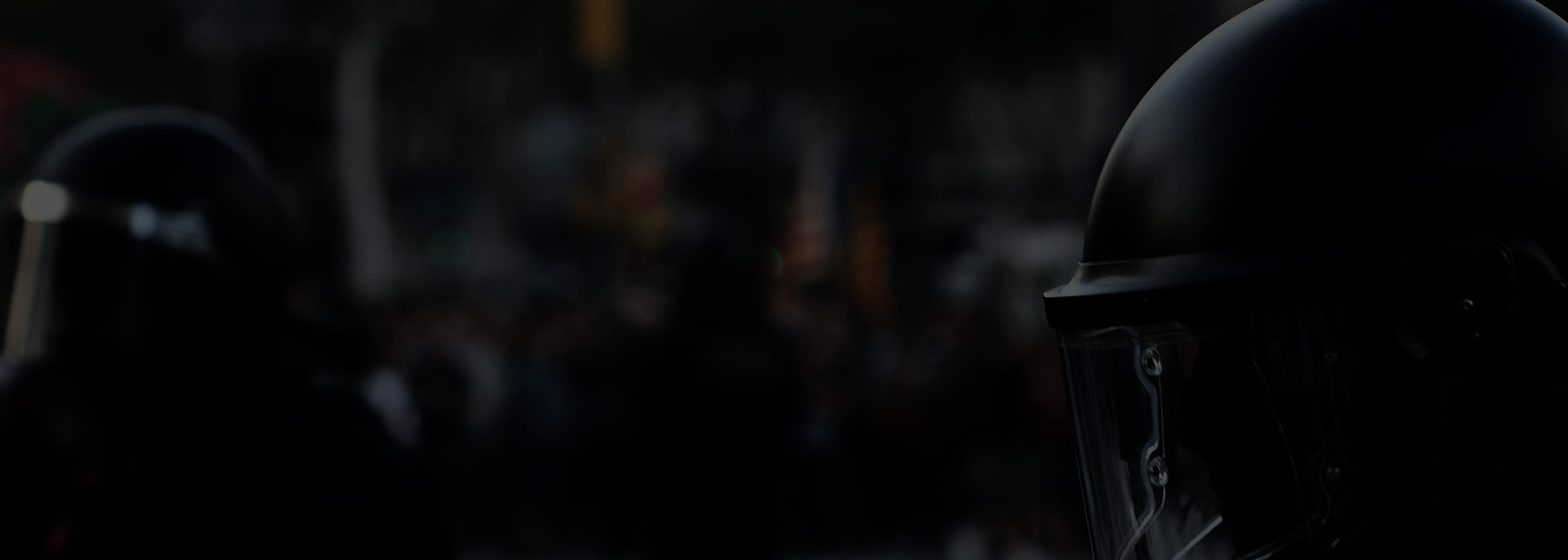
Post 40: Title: Bringing Imagination to Life: The Intricate Process of Animation
Introduction:
Animation, a captivating medium that transcends the boundaries of reality, has the power to breathe life into imagination. From whimsical characters to fantastical worlds, the process of animation is a harmonious blend of artistry, technology, and storytelling. In this blog post, we embark on a journey into the intricate process of animation, unraveling the stages that transform creative concepts into animated masterpieces. A huge 48 hour film festival is held to showcase your animation production talent.
Conceptualization and Ideation:
- The animation process begins with a spark of creativity. Artists, writers, and storytellers collaborate to conceptualize characters, plotlines, and visual aesthetics. This stage involves brainstorming, sketching, and defining the narrative elements that will shape the animated project.
Scripting and Storyboarding:
- Once the concept is solidified, a script is developed to outline the storyline, dialogues, and key events. Storyboarding follows, where each scene is visually mapped out in sequential order. Storyboards serve as a blueprint for the animation, providing a visual guide for the subsequent stages.
Voice Acting and Audio Production:
- Voice acting plays a crucial role in bringing characters to life. Talented actors lend their voices to the animated personas, injecting personality and emotion into the narrative. Simultaneously, sound designers and composers work on crafting the audio landscape, including music, sound effects, and ambient sounds.
Animatic Creation:
- Animatics are dynamic, moving versions of storyboards that give a rough preview of the timing and pacing of the animation. This step allows the creative team to assess the flow of the narrative and make necessary adjustments before diving into the full animation process.
Character Design and Model Sheets:
- Character design involves creating visual representations of each character, defining their appearance, expressions, and distinctive features. Model sheets serve as reference guides for animators, ensuring consistency in the characters’ appearance throughout the animation.
Layout and Background Design:
- The layout phase involves planning the composition of each scene, determining camera angles, and establishing the spatial relationships between characters and environments. Concurrently, background designers work on creating visually stunning backdrops that complement the narrative.
Rigging:
- In the world of 3D animation, rigging is the process of creating a digital skeleton for each character. Rigging allows animators to manipulate characters’ movements, expressions, and poses. It forms the foundation for the dynamic animation that follows.
Animation:
- The heart of the process, animation brings characters to life through movement. Animators meticulously bring together elements of timing, physics, and emotion to create seamless and compelling motion. Techniques vary, encompassing traditional hand-drawn animation, 3D computer animation, and stop-motion, among others.
Lighting and Shading:
- In 3D animation, lighting and shading add depth, realism, and atmosphere to the scenes. Lighting designers strategically illuminate characters and environments, while shading enhances texture and visual richness. These elements contribute to the overall visual aesthetics of the animation.
Rendering:
- Rendering is the process of converting the digital animation into the final images or frames. This computationally intensive stage refines details, applies lighting effects, and produces the high-quality visuals that will be presented to the audience.
Compositing:
- Compositing involves combining various visual elements, such as characters, backgrounds, and effects, into a cohesive and seamless whole. This stage adds the finishing touches to the animation, ensuring that all components harmonize to create a visually stunning final product.
Editing:
- The final animation undergoes editing to refine pacing, transitions, and overall coherence. Editors work closely with the creative team to ensure that the narrative unfolds smoothly, captivating the audience from start to finish.
Post-Production:
- Post-production involves fine-tuning the animation, addressing any remaining details, and preparing the project for distribution. It includes color grading, audio mixing, and final quality checks to ensure that the animation meets the desired standards.
Distribution and Release:
- With the animation complete, the final step involves distributing the work to its intended audience. This may involve screenings at film festivals, online streaming platforms, or traditional broadcast channels, depending on the project’s scope and goals.
Audience Engagement:
- The journey doesn’t end with the release. Engaging with the audience through marketing, social media, and screenings builds a community around the animated project. Feedback and reactions from viewers contribute to the ongoing evolution of the animation process for future projects.
Conclusion:
The process of animation is a meticulous and collaborative endeavor that transforms creative concepts into captivating visual narratives. From the initial spark of imagination to the final release, each stage in the animation process involves a dedicated team of artists, storytellers, and technicians working in harmony. As animated worlds come to life on screens, the magic of animation continues to captivate audiences and inspire the next generation of storytellers to embark on their own animated adventures.





